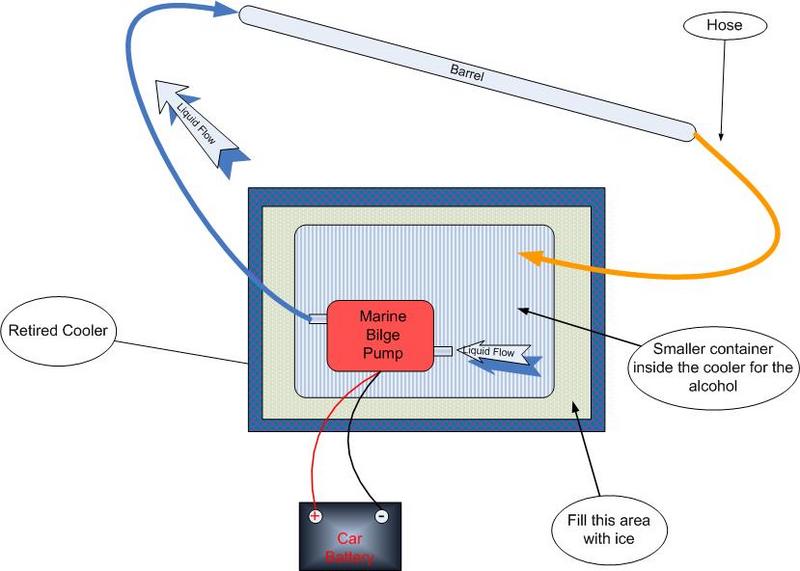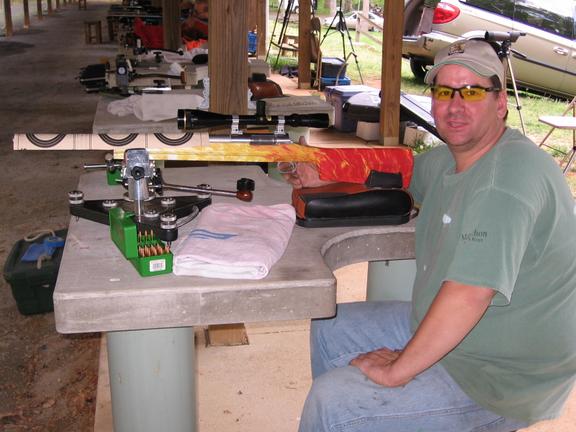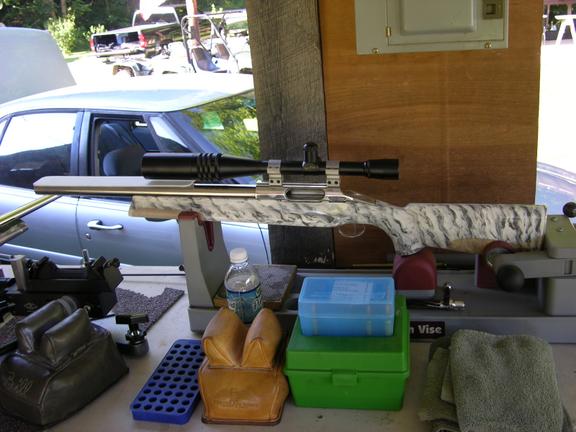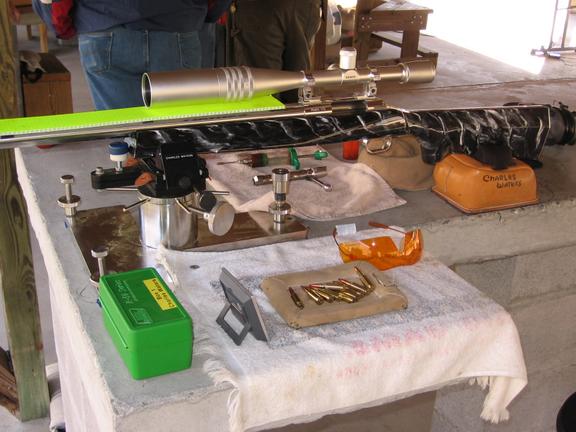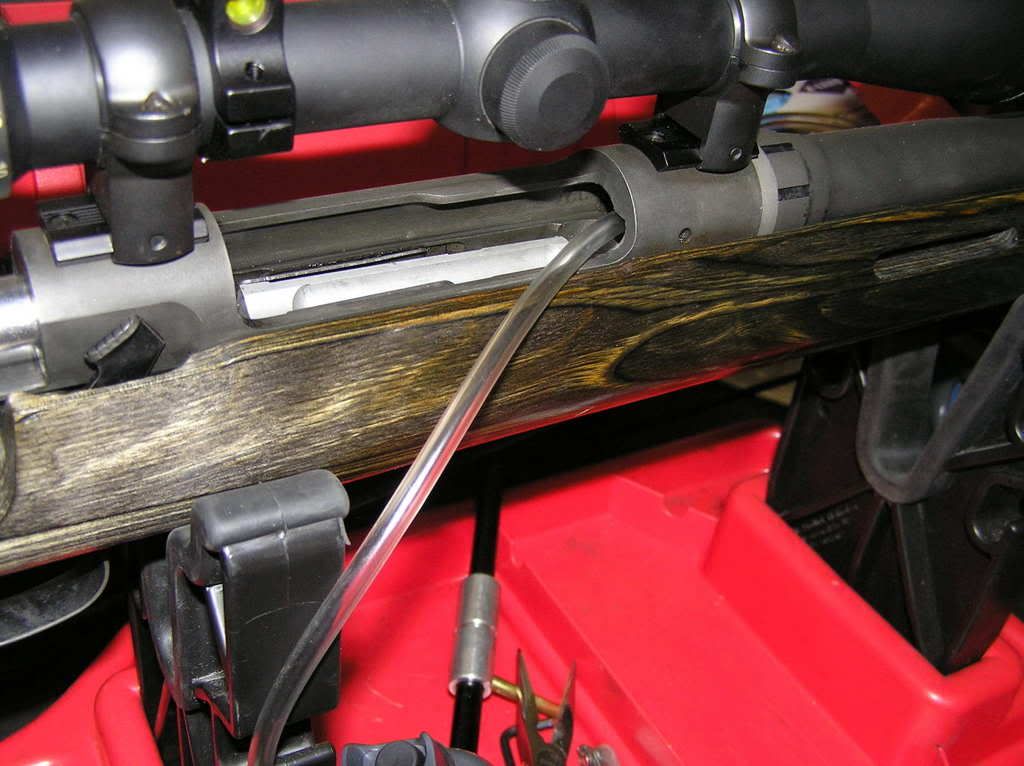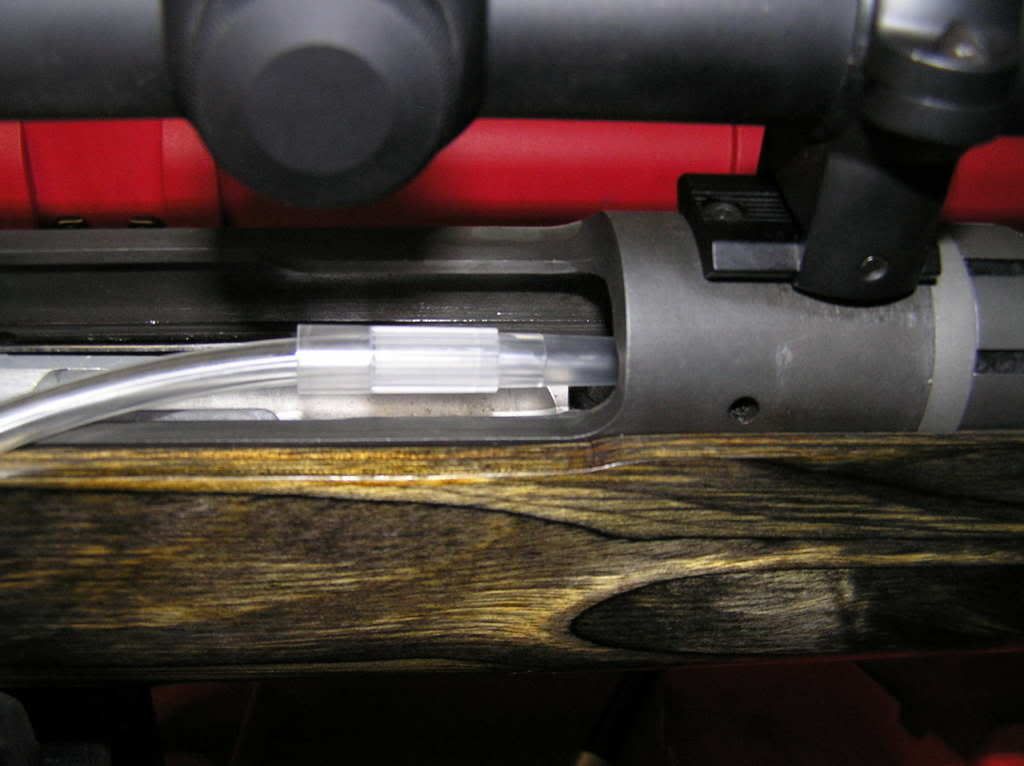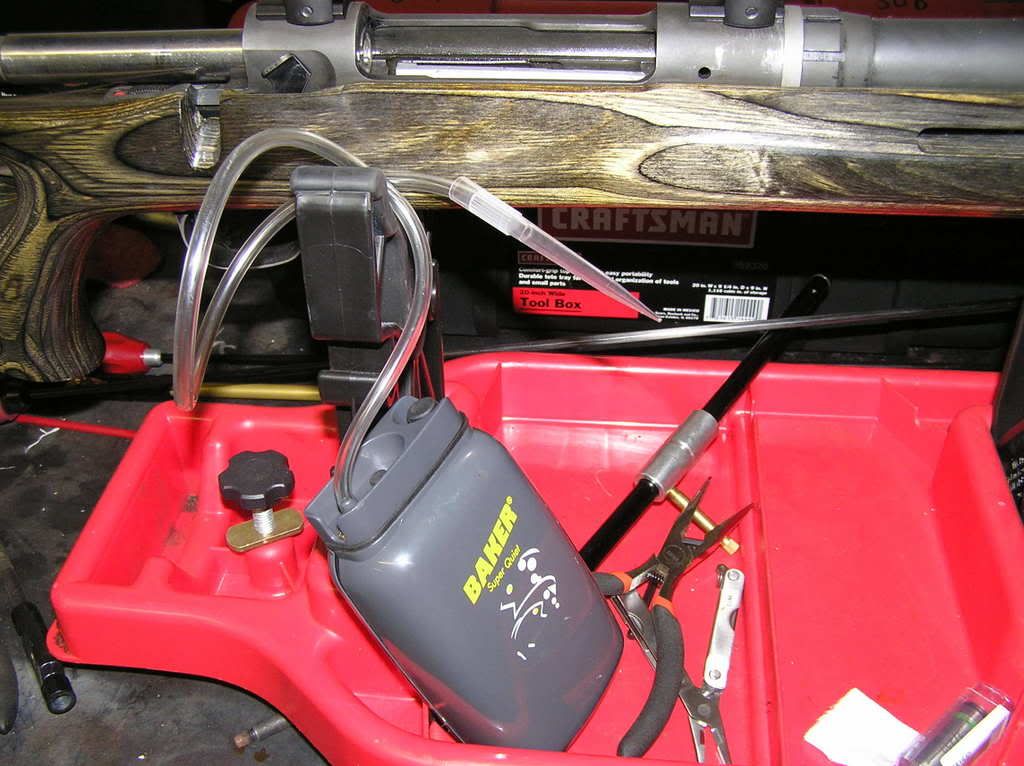First, I'm no expert compared to these guys.
But . . . .
I agree with the guy who states a barrel is getting too hot when you cannot grasp your hand around it comfortably. Note, it can be plenty warm but you can still grasp it, so this is getting pretty hot.
Another point-- with my 18X scope, I start getting optical distortion up from the barrel when the barrel gets good and hot. It looks wavy, like you are seeing something underwater. I often wonder if this optical distortion shifts the aiming point -- you think your Xhairs are on the aiming point, but the distortion puts you a half inch high?
Once the barrel on my varmint rifle (heavy barrel) gets good and hot, it seems to take quite a while to cool down very much. One good bet is to have a second rifle with you, shoot that one for a while, and just retire the warmed up barrel for about 20 minutes. Even then, it will probably be less hot, but still good and warm.
How many rounds do you normally plan to fire at a range session? I usually try to limit my shooting to 20 or 30 rds. I'm talking here about a practice session, or an ammo testing session.
A heavy barrel has advantages and disadvantages over a sporter-weight barrel. It takes a heavy barrel longer to heat up, but it takes longer -- in turn -- for it to cool down.
I'm surprised there were not more comments.


